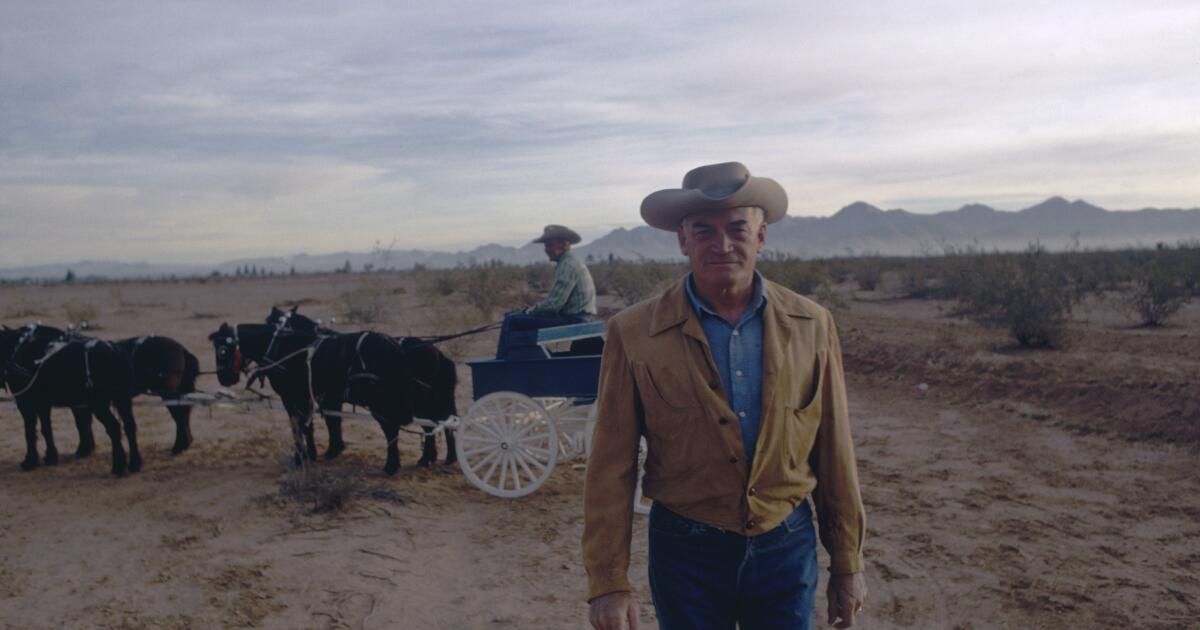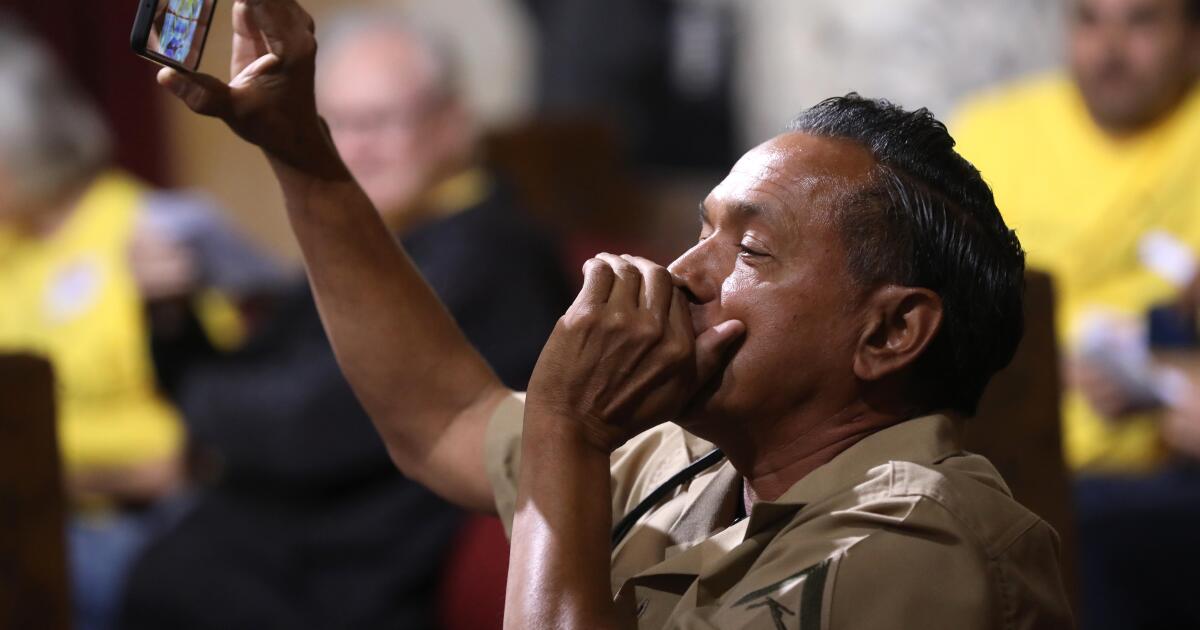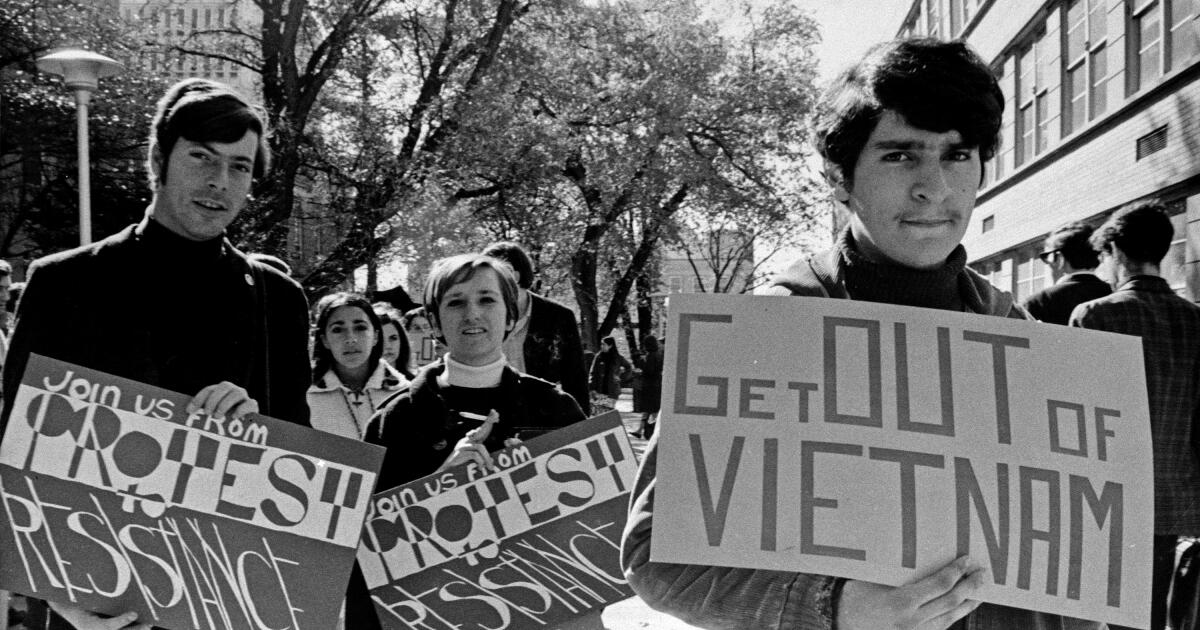When Arizona Senator Barry Goldwater considered running for president in the 1964 election, he appeared before a national audience by posting a photograph of himself dressed in a buckskin jacket, cowboy hat, and jeans, holding an antique rifle on his knee. He looked every inch a frontiersman. except the pool in the background.
Those who knew Goldwater might have chuckled at another detail. Although his family had genuine roots in 19th-century Arizona, they had made their fortune in department stores, not ranching. One of Barry's only contributions to the business before leaving to pursue a political career was designing a line of cattle-branded blouses and curtains.
The use of jeans retail to project a conservative image of toughness, independence and distrust of government is an Arizona tradition at least as old as Goldwater's failed presidential campaign.
But even as the true trade of cowboying has virtually disappeared in modern Arizona: direct cattle sales compose less more than 0.0014% of the state's GDP – the strategic use of Western clothing to spread right-wing ideology has only increased and appears to be getting even stronger.
“As big as Arizona has grown, it's in our political DNA,” Republican political consultant Stan Barnes said of cowboy iconography. “When you come to Arizona, you're subject to the culture, and if you're in political life, you see that culture distilled.”
Of the 90 members of the 2024 Arizona Legislature, five wear cowboy hats in their official state portraits. They are all Republicans. But only one is a true rancher with cattle. “It means someone who works for the brand,” said the lawmaker, Rep. David Cook, known on Capitol Hill as a down-to-earth dealmaker. He compares his governing philosophy to moving cattle. “You bring them all together and move them together,” he said.
The cowboy-political theme is steeped in several ironies, one of which is that when Arizona was governed by a Democratic Party machine for most of the 20th century, there were many more ranchers holding public office and their livery was more common and less partisan.
Governor Jack Williams declared the bolo tie “the official tie of Arizona” in 1971, and when Tom Prezelski, a Democrat from Tucson, wore his own ornamental leather tie on the floor of the Legislature 15 years ago, no one batted an eyelid. He now gets a different question when he uses it: “Have you become a Republican?”
“Now the trend is to make a political statement,” Prezelski complained. “Everything is code. It was not like this in the past. Now you see all these Republicans seem northern musicians.” Anyone who wants a front row seat in Deep Arizona should go to the state Capitol every time sheriffs from the state's 15 counties arrive to push for something. Almost everyone is wearing cowboy hats, which looks like a family reunion from the Wyatt Earp days.
Here lies another irony. As a profession, cowboy flourished only for a brief period, from about 1865 to 1895, when it was a low-paying agricultural job, often performed by Mexican immigrants and African Americans (not the core of the current Republican base, to say the least). . .
The equestrian tradition of Western ranching derives not from anything the Anglos brought to the conquered indigenous lands, but from the peoples of northern Mexico. cowboy tradition. The cowboy hat is a modified hat. Even the core slang comes from the Spanish language: lariat, corral, chaps.
But the historical details don't seem to matter. Aesthetics are used to evoke a politics of frontier individualism: they go hand in hand. “One affects the other,” Barnes said. “They feed off each other.”
These signifiers work because voters also adopt them. It's a common story among newcomers to Arizona to lean into the fantasy Western lifestyle by decorating their homes with oil paintings of gunfights and raids. Nowadays, even interior design has political influences.
“A lot of people respond to this,” said Jim West, a veteran country disc jockey from Phoenix. “It all comes down to taking care of yourself, taking care of your people and taking care of small government.”
But not all politicians can achieve it.
Mark Finchem, a former Michigan police officer, ran a heavily MAGA conspiracy-oriented campaign for secretary of state in 2022. On the campaign trail, he sported an unconvincing string tie and cowboy hat combination. That earned him the nickname Kalamazoo Cosplay Cowboy.
Some see a darker message in the aesthetic. J. Gray Sweeney, professor emeritus of art history at Arizona State University, wrote in an article: “Racism, nationalism and nostalgia in cowboy art” that “supporters of Western art are willing to do everything in their power to protect the cherished fantasy of America 'winning the West,'” which is based “on nationalist and conservative values.”
That impulse has grown stronger in recent years, especially in the Trump era, Sweeney told me. “I can tell you without reservation that the people who collected this type of nostalgia-filled art are politically conservative, since the art tries to preserve some values that are regressive and largely white supremacist in nature.”
Of course, the supposed golden age of Arizona's grasslands in the late 19th century was also a time when Anglo settlements depended on government largesse in the form of land grants to railroads, flexible mining leases, and mining contracts. military supply. A later generation of ranchers would never have stayed in business if it weren't for generous public pasture leases, plus federal dams for all that water.
So when Arizona politicians start dressing in Western style, they are paying homage to an era not of rugged individualism but of a Washington-driven, taxpayer-subsidized economy. Giddy Up!
Tom Zoellner is the author of “Rim to River: Looking into the heart of Arizona.”











